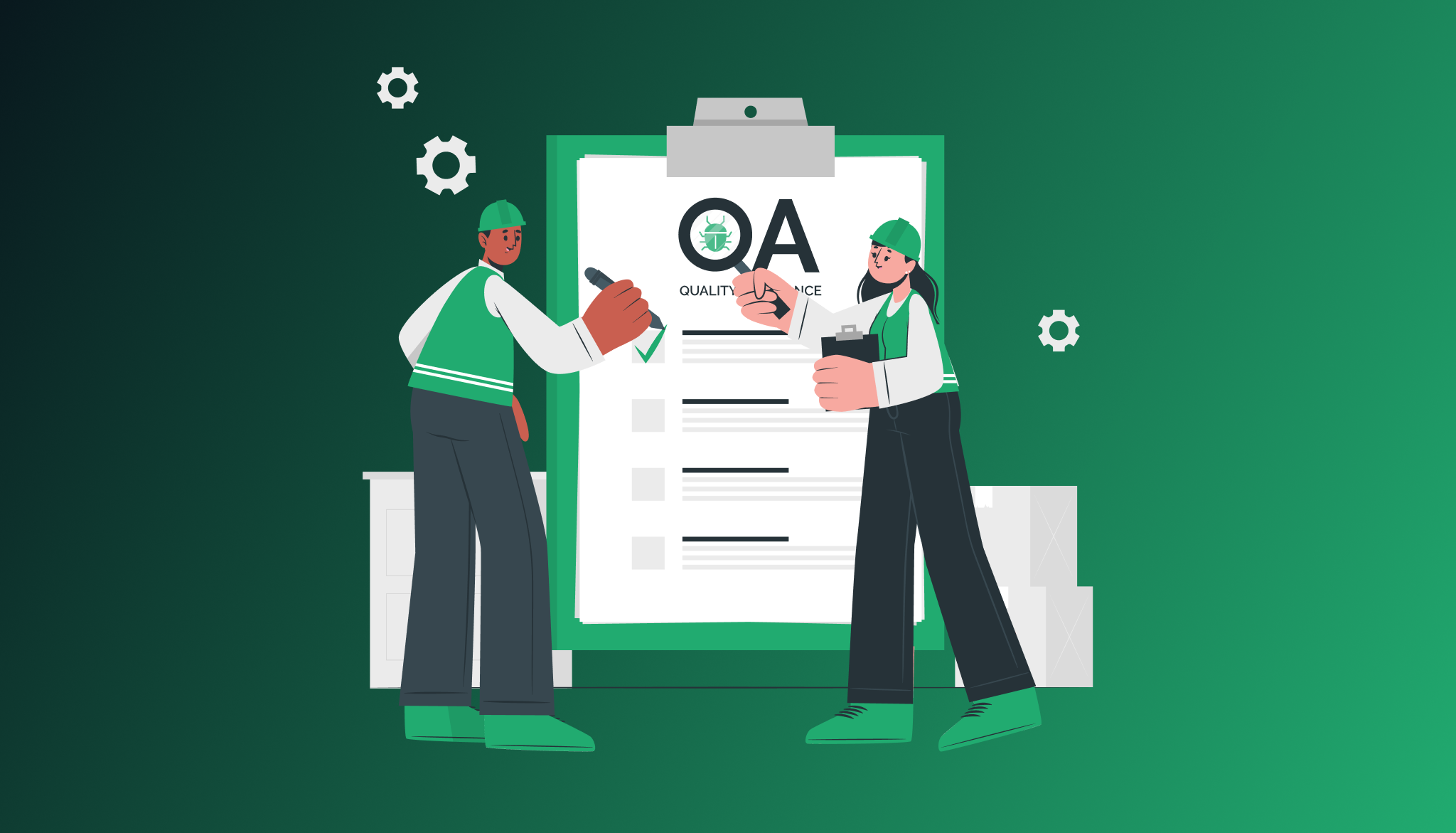In modern times, where websites play an important role in connecting businesses with their audiences, the quality of a website is equally important. Comprehensive testing to ensure an efficient user experience, error-free performance, and device and browser compatibility are all part of website quality assurance (QA). In this blog, we will dive in the world of website QA testing and look at how to conduct thorough QA to bring out the best in your website.
Understanding Website QA Testing
Website testing is a crucial process that involves analyzing a website’s functionality, usability, and performance prior to being launched. It enables developers and testers to identify and resolve any issues that may interfere with the user experience. Functional testing, usability testing, performance testing, security testing, and compatibility testing are all types of comprehensive website QA testing.
Preparing for Website QA Testing
To get started with website QA, you’ll need a well-structured QA checklist that includes all of your website’s essential elements. You ensure that no stone is left unturned during the testing process by generating a precise checklist. Identifying test scenarios and gathering the relevant tools for testing ahead of time can also help you keep organized and speed the QA process.
Manual Testing vs. Automated Testing
Manual testing involves human intervention to execute test cases and verify the website’s functionality. On the other hand, automated testing uses specialized tools to run pre-defined test scripts, making the process faster and less prone to human error. While manual testing offers more flexibility for exploratory testing, automated testing is ideal for repetitive tasks and regression testing.
How to Test Website Functionality
The functionality of a website is an important factor that has a direct impact on the user experience. Testing your website’s links, navigation, and forms guarantees that users can browse across your pages and engage with your information with ease. In addition, testing your website’s responsiveness and compatibility on numerous devices and browsers ensures a consistent user experience across several platforms.
Performance Testing for Websites
In today’s fast-paced digital landscape, website speed and performance are paramount. Load testing and stress testing help assess how your website handles heavy traffic and identifies any performance bottlenecks. You can ensure that your users have ideal browsing experiences and easy navigation by evaluating the speed and performance of your website.
Mobile Website QA Testing
With the increasing usage of mobile devices, it’s essential to have a mobile-friendly website. Mobile website QA testing involves evaluating your website’s operation and performance on a variety of mobile devices and operating systems. Cross-browser and cross-device testing ensures that your website provides a consistent experience no matter what device is used.
Tips for a Thorough Website QA
Exploratory testing allows testers to go beyond scripted test cases and explore the website as a user would, uncovering potential issues that might have been overlooked. Usability and User Experience (UX) testing focus on evaluating the overall user experience and identifying areas for improvement. Accessibility testing ensures that your website is inclusive and usable by all users, including those with disabilities.
Implementing Website QA Best Practices
To establish a strong QA process, you need to create a repeatable and efficient testing process that aligns with your website development or e-commerce development cycle. Collaboration between developers and QA testers fosters better communication and understanding, leading to improved test coverage and issue resolution. Regularly updating your QA checklist ensures that it remains relevant and covers new features or changes on your website.
Conclusion
Website QA testing is a vital step in delivering a flawless user experience and building credibility with your audience. You can ensure that your website meets the highest quality standards by thoroughly evaluating its operation, performance, and compatibility. Accept website QA testing as a continual process, and aim to improve your website’s performance and user pleasure. Your website will succeed in the competitive digital market if you have a strong QA testing process in place.
FAQs
How to do website testing manually?
Website testing can be done manually by carefully exploring the web pages, clicking on links and buttons, filling out forms, and checking if everything works as expected. It involves checking for errors like spelling mistakes, broken links, and any other issues that might affect the website’s performance.
What is a QA checklist?
A QA checklist is a detailed list of items to be tested during the website testing process. It includes various aspects such as checking the website’s design, functionality, responsiveness, compatibility with different browsers, and devices, and ensuring that all the features work smoothly. Using a checklist helps ensure that no important elements are overlooked during the testing phase.
How do I create a website testing plan?
To create a website testing plan, you should first define the scope and objectives of the testing process. Identify the key features and functionalities that need to be tested and decide on the testing methods and tools you will use. Assign roles and responsibilities to team members, set a timeline for testing activities, and establish communication channels for reporting and resolving issues.
How do I start working as a QA?
To start working as a Quality Assurance (QA) professional, it’s essential to acquire knowledge and skills related to website testing and QA methodologies. You can take relevant courses, certifications, or gain practical experience through internships or personal projects. Networking with professionals in the field and exploring job opportunities in software testing and QA can also help you kickstart your career.


